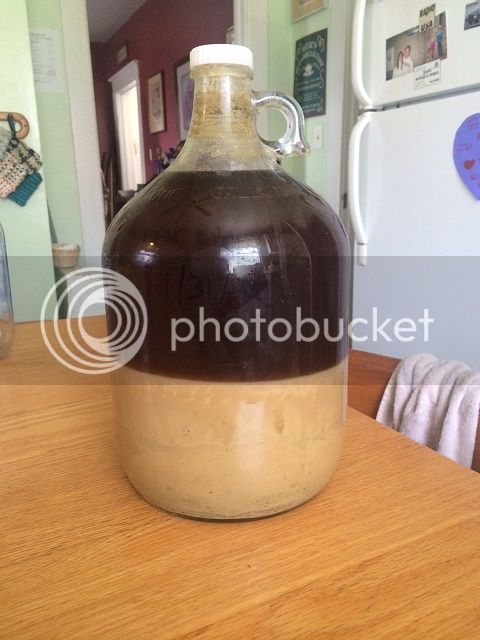I am thinking about getting a mill (Cereal Killer) also. Some recipes require grain that I can't get from my LHBS. Problem is that I need to buy at least a pound while my recipe requires ounces. I know I can substitute grains, but will the beer be the same. Also with the mill, I can buy the grain now. Then mill and brew at a later date if need be.
Yeah... I'm seriously considering pulling the trigger on a Barley Crusher (BeerSmith.com has a pretty good deal on them!)
Small quantities of grains will keep much longer un-crushed. I'm also considering buying a 55 lb. sack of base grain for a long SMaSH series (thinking maybe Vienna!)




